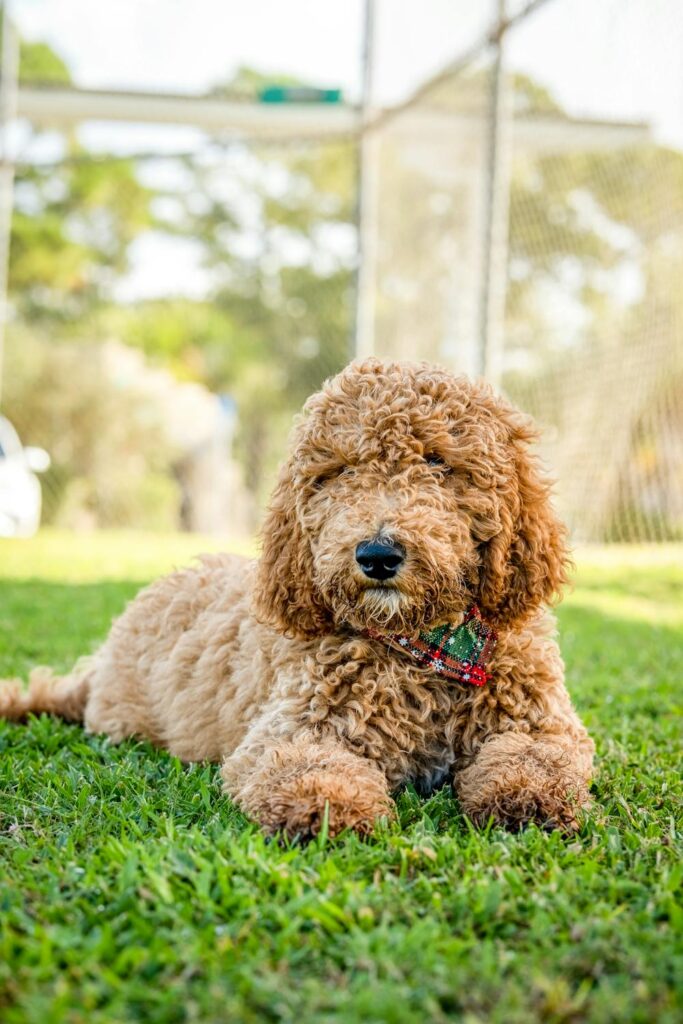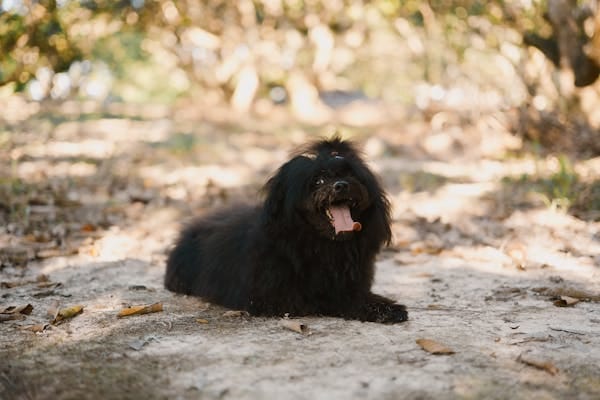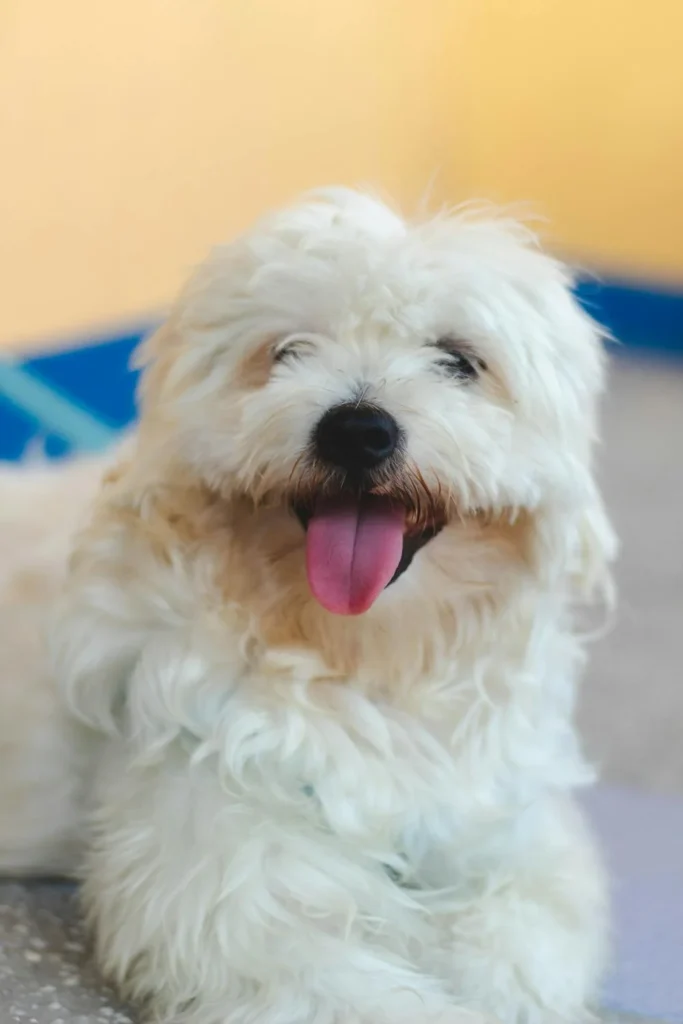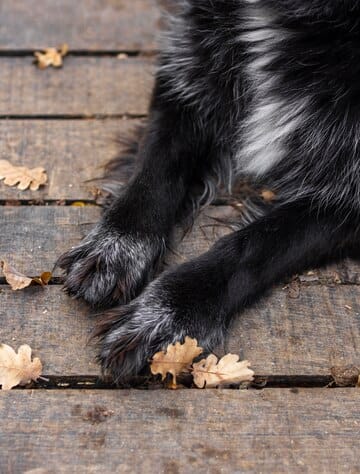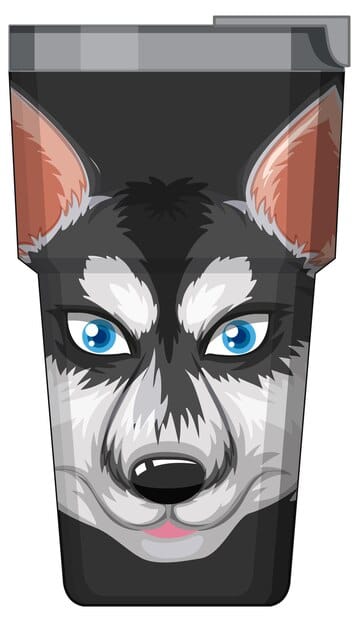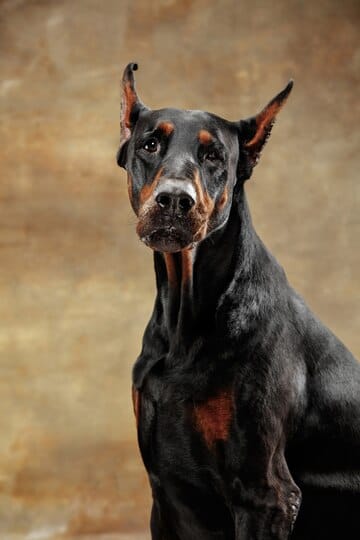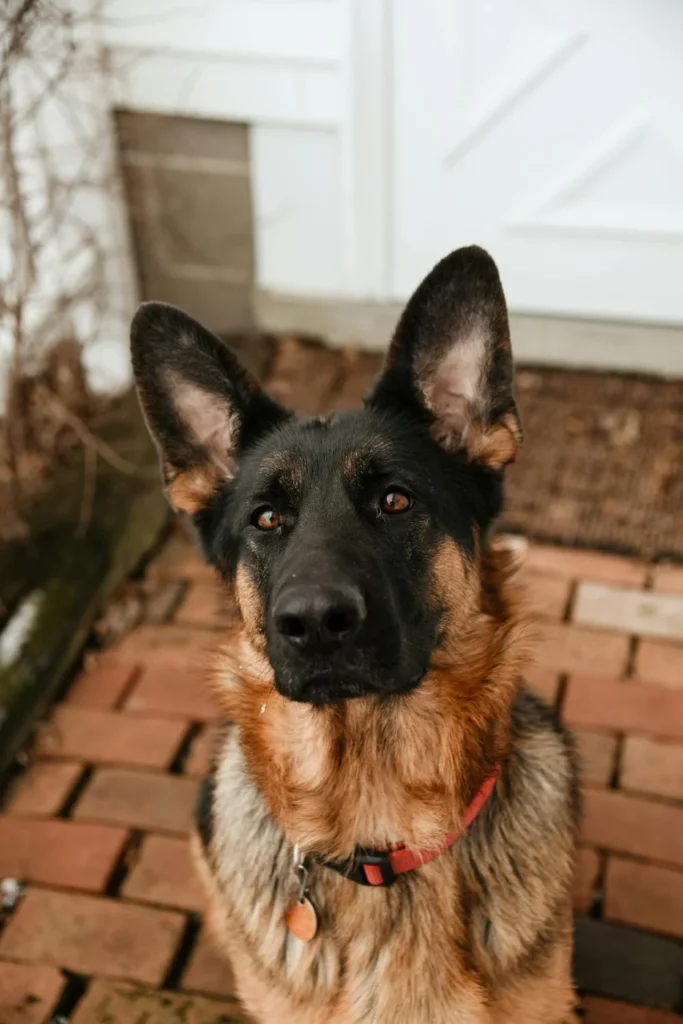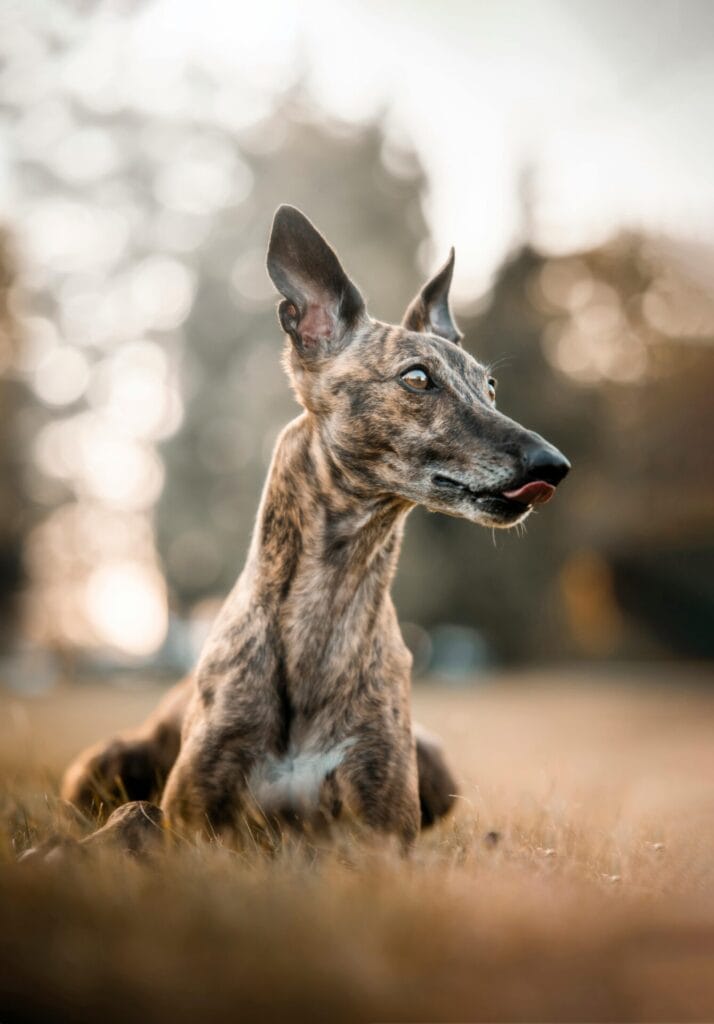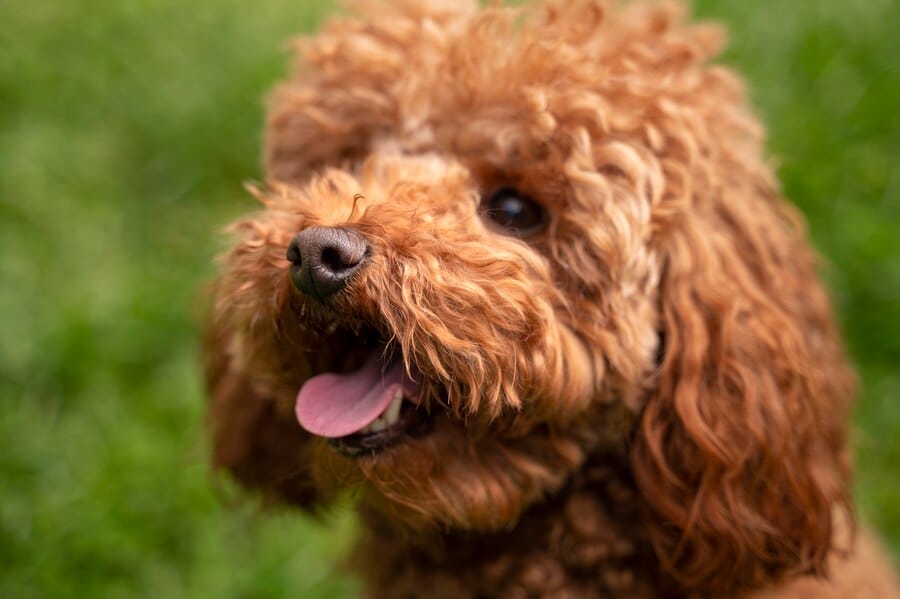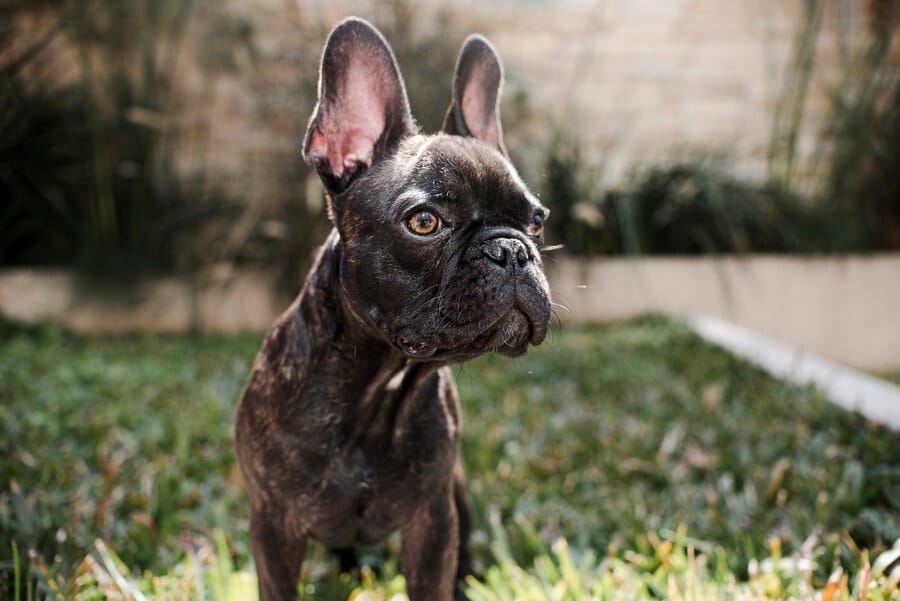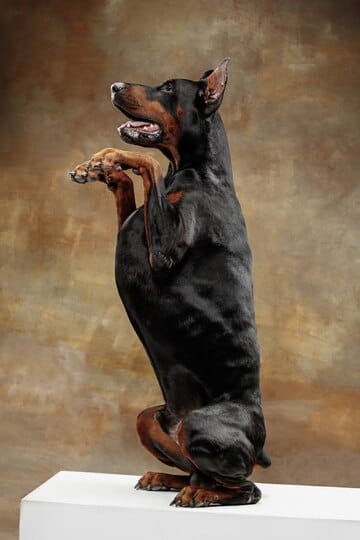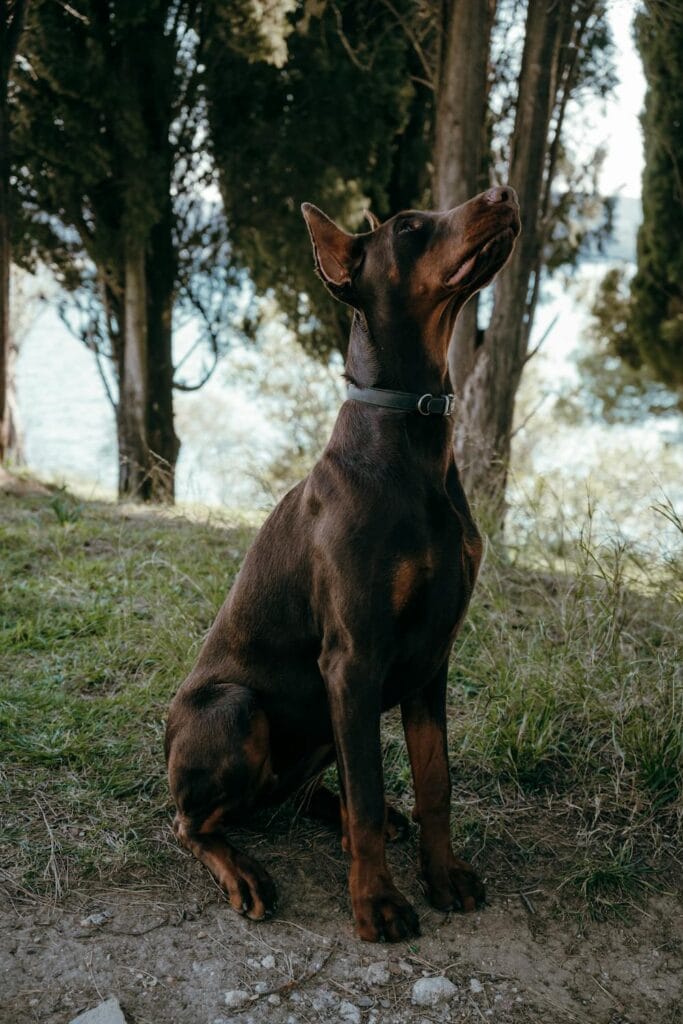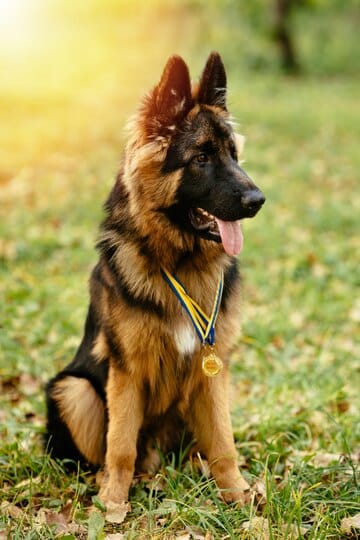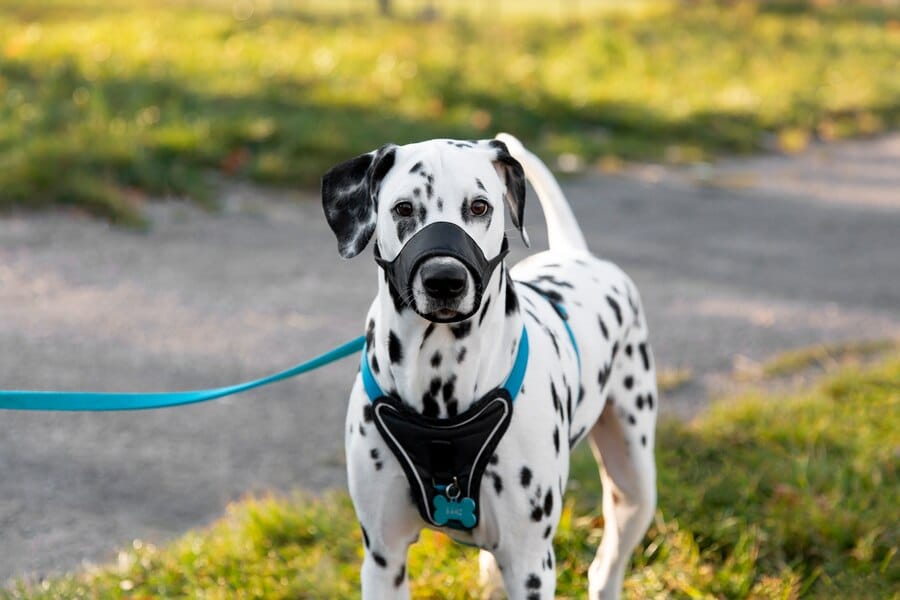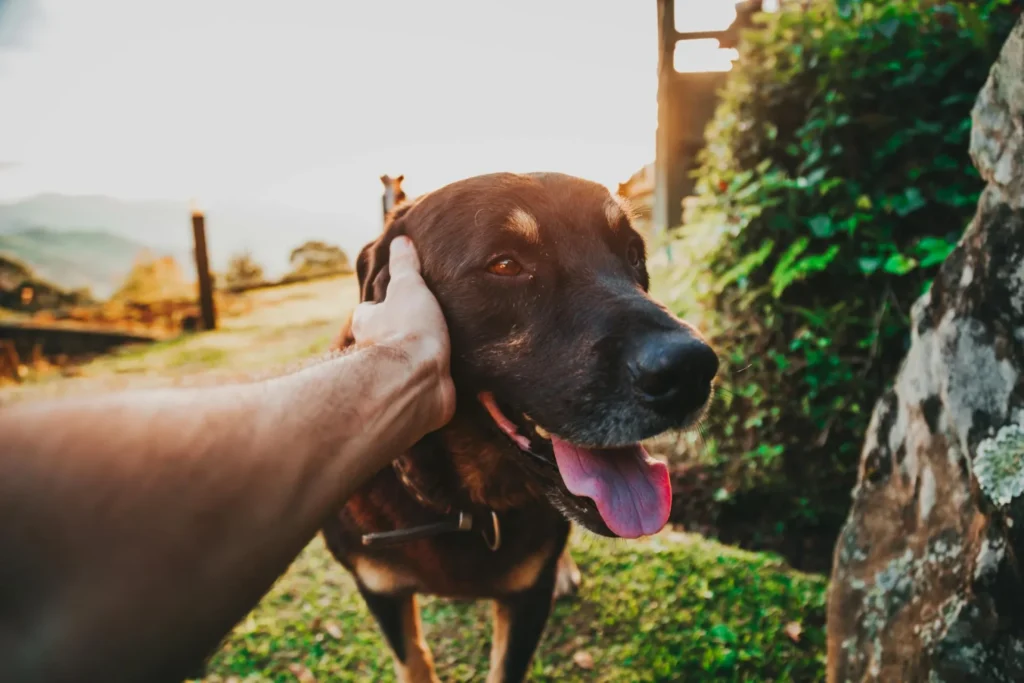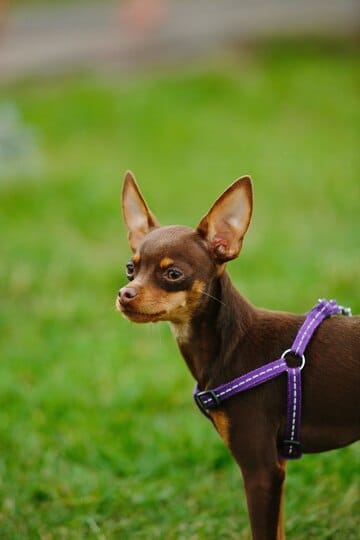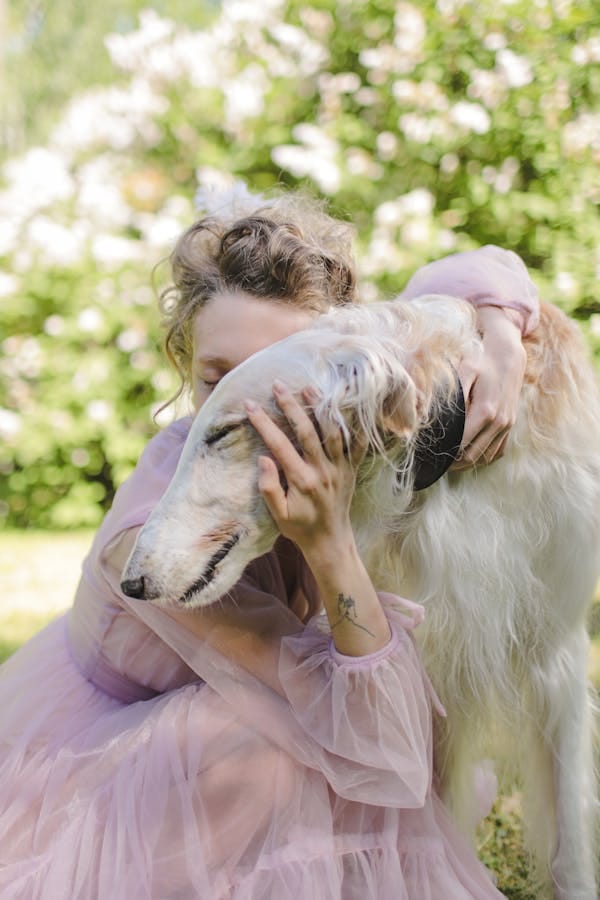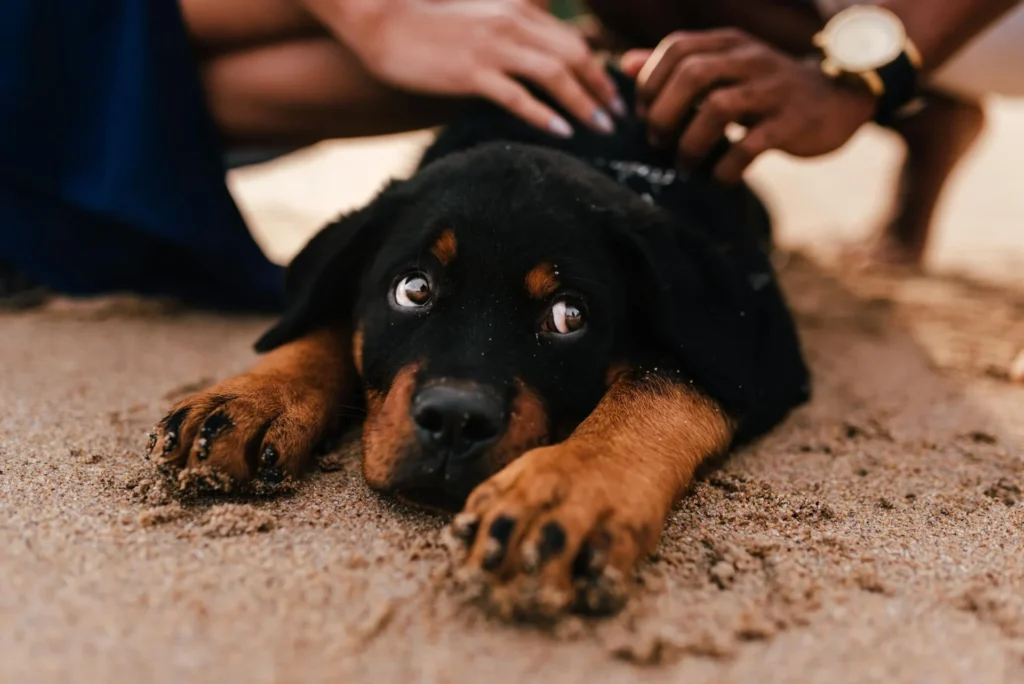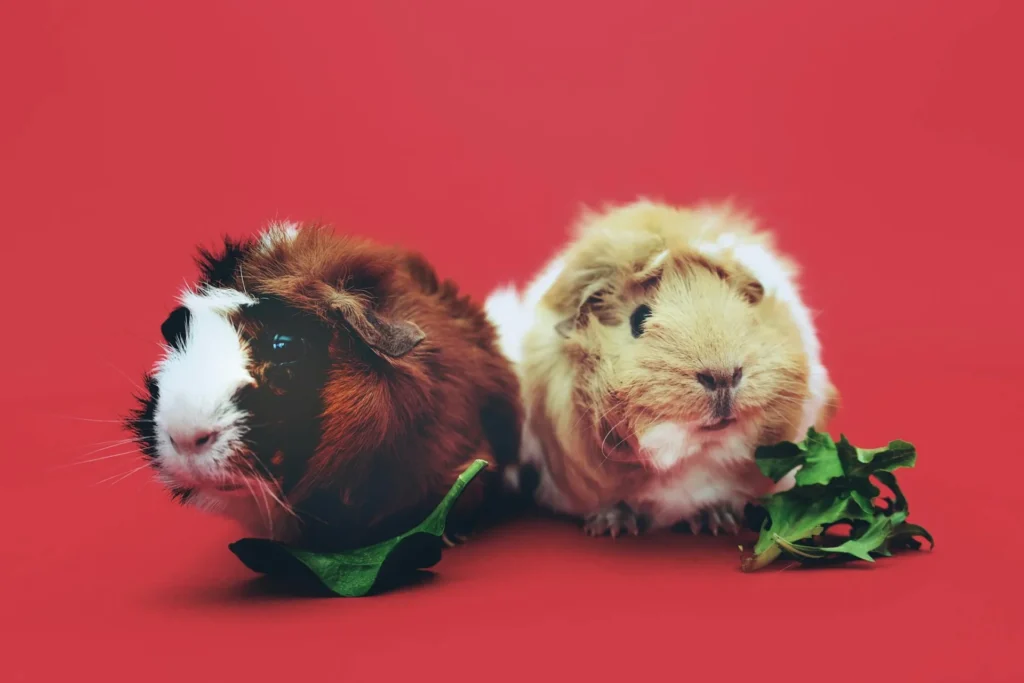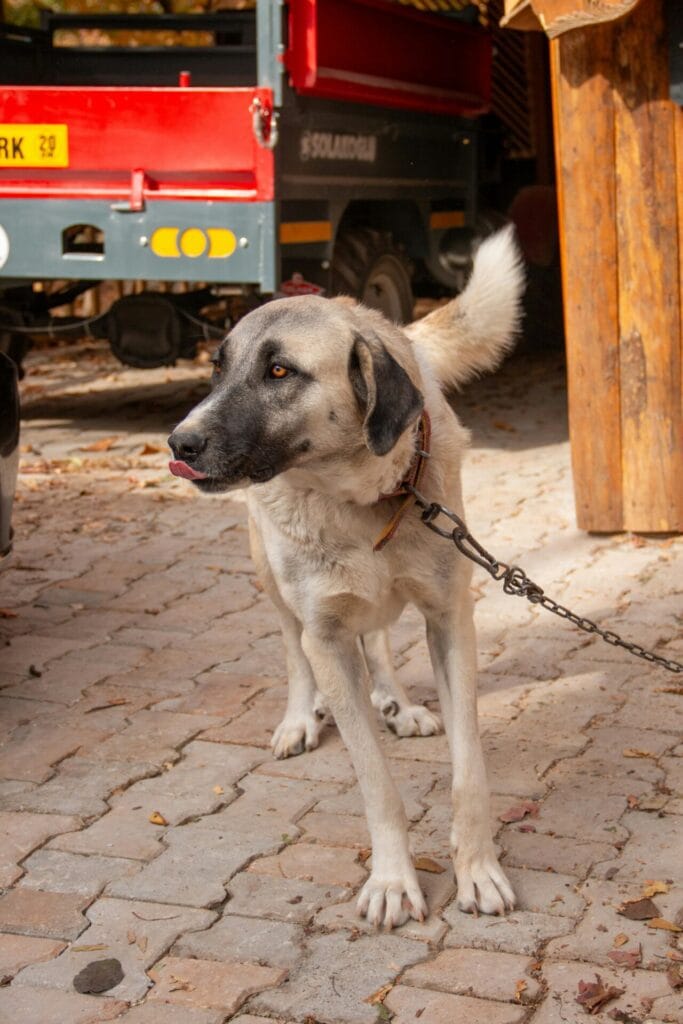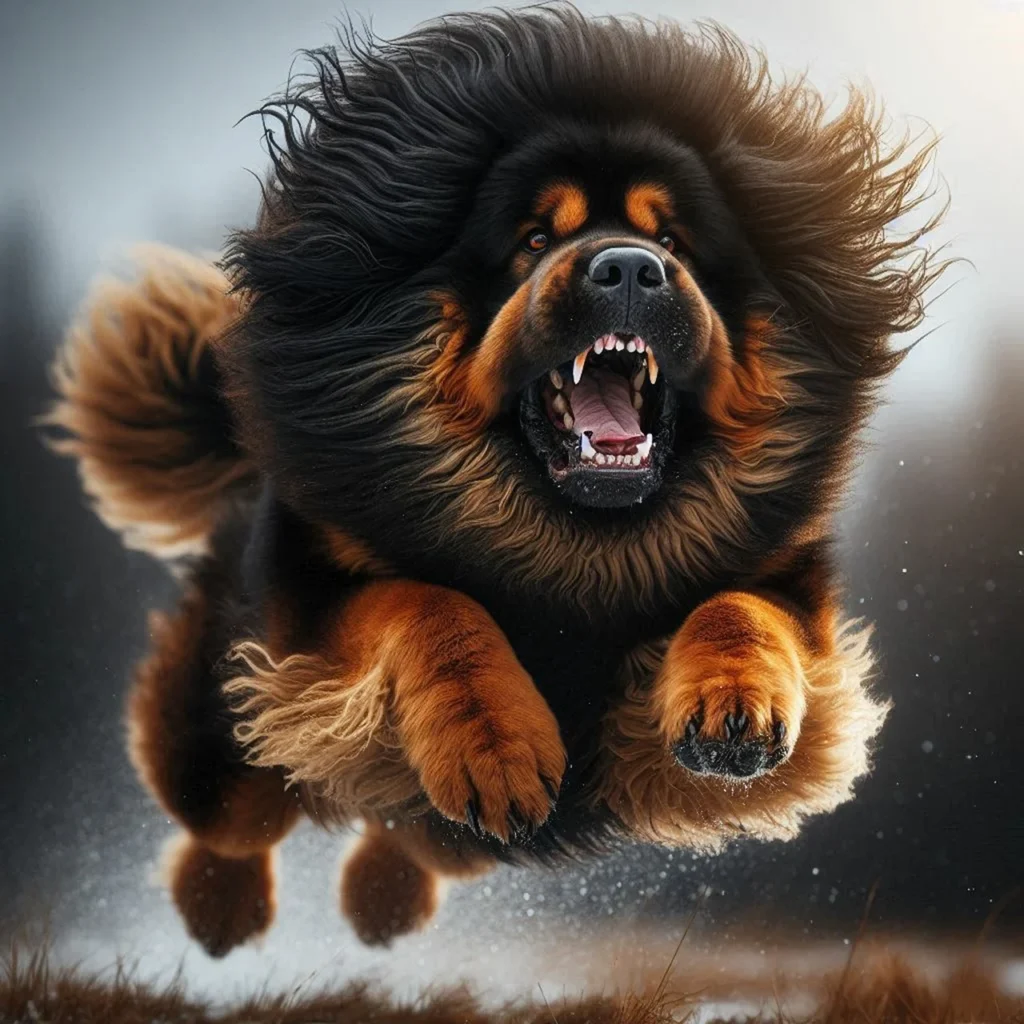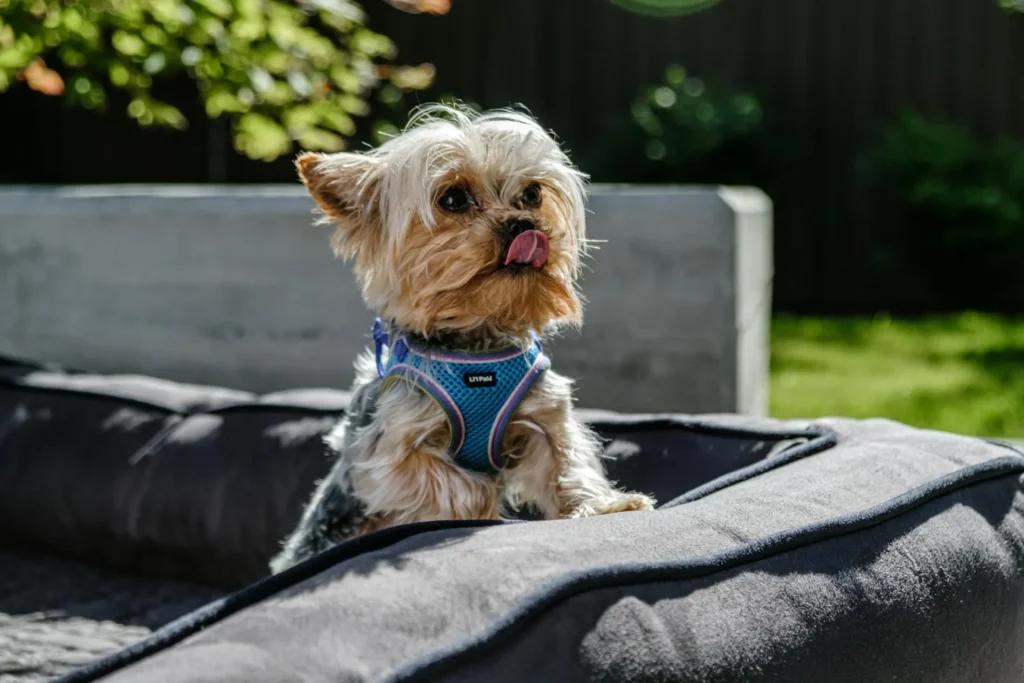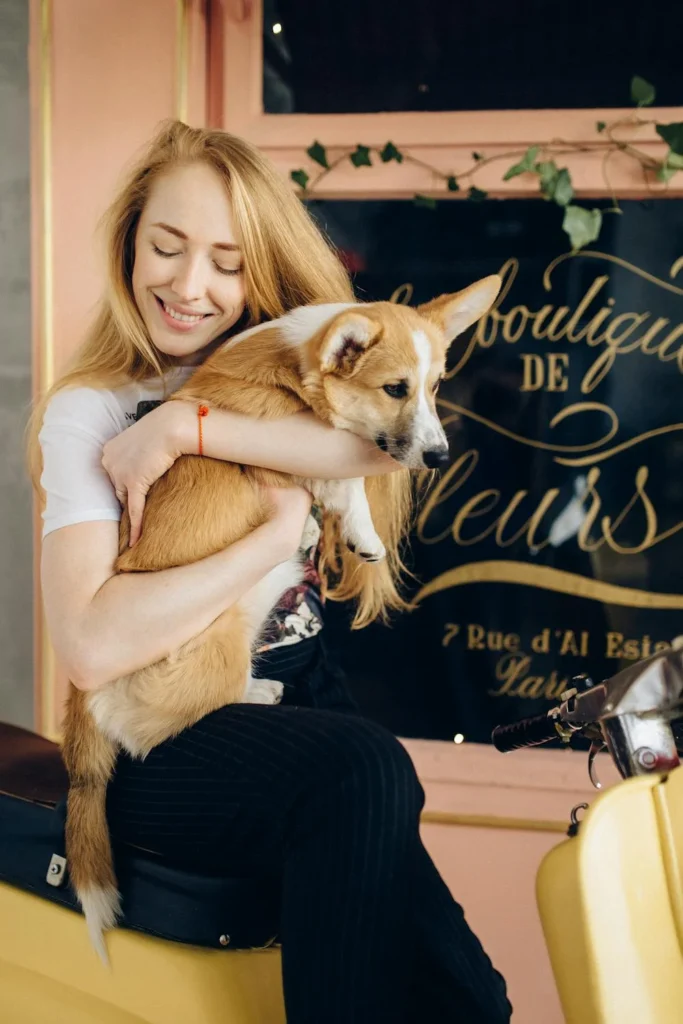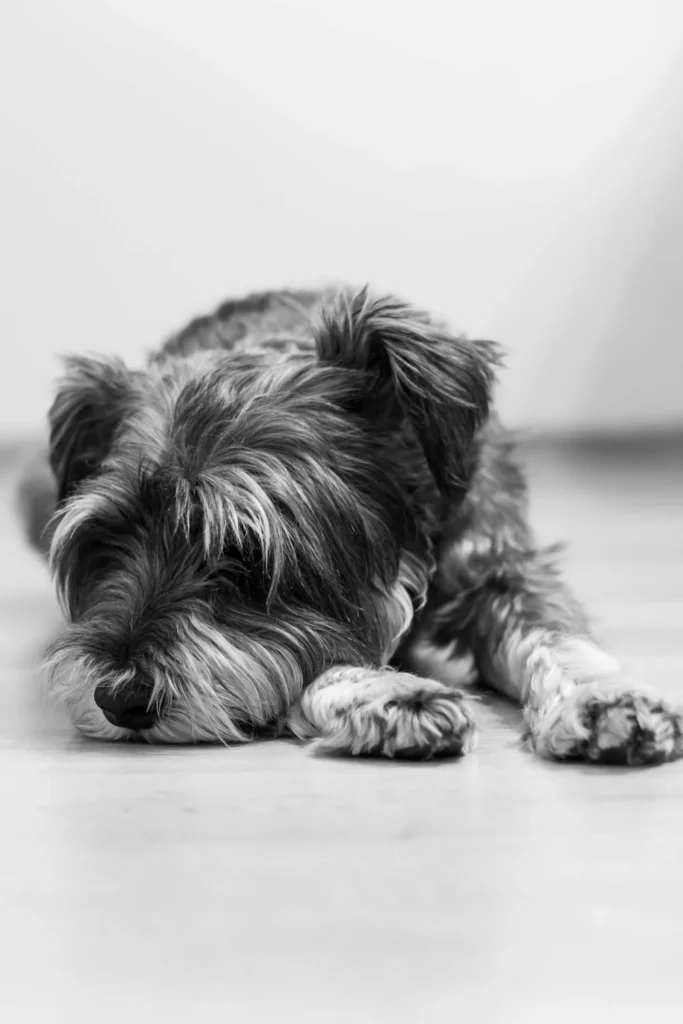- 🌱 Pomeranian Hair Growth Stages: A Fluffy Evolution
- 🧬 The Science Behind Pomeranian Hair
- 😢 Pomeranian Hair Loss: Causes, Consequences, and Solutions
- 🌟 Will Pomeranian Hair Grow Back?
- 💇♀️ Does Pomeranian Hair Grow Back After Cutting?
- 🪒 Does Pomeranian Hair Grow Back After Shaving?
- 🌿 How to Make Pomeranian Hair Grow Back
- 📊 Comparing Hair Growth Solutions
- 🤔 FAQs About Pomeranian Hair Growth and Care
Pomeranians, those adorable little fluffballs, are renowned for their luscious, cloud-like coats. But there’s more to their hair than meets the eye. Whether you’re a seasoned Pom parent or considering bringing one of these charming creatures into your life, understanding the ins and outs of Pomeranian hair is crucial. From the fascinating growth stages to tackling hair loss and promoting healthy regrowth, we’re about to embark on a hair-raising journey (pun intended!) through the world of Pomeranian coats.
🌱 Pomeranian Hair Growth Stages: A Fluffy Evolution
Let’s start at the beginning, shall we? Pomeranian puppies don’t pop out of the womb with their signature fluff. Instead, they go through several distinct stages of hair growth as they mature. Understanding these stages can help you provide the best care for your Pom at each phase of their life.
1. Newborn Coat (0-2 weeks)
When Pomeranian puppies are born, they’re covered in a soft, downy coat that’s quite different from their adult fur. This newborn coat serves to keep them warm and protected in their first days of life. At this stage, you might notice that:
- The coat is very short and close to the body
- It’s usually a single color, often darker than their adult coat will be
- The texture is incredibly soft, almost velvety
2. Puppy Coat (2 weeks – 4 months)
As your Pom grows, so does their fur. The puppy coat starts to come in around 2-3 weeks of age and continues to develop over the next few months. During this stage:
- The coat becomes slightly longer and fluffier
- Colors may start to change or become more defined
- The fur is still very soft and may have a slightly different texture from the adult coat
3. Puppy Uglies (4-6 months)
Ah, the infamous “puppy uglies.” Don’t worry, your Pom isn’t actually ugly – they’re just going through an awkward phase! This is when Pomeranians start to shed their puppy coat and grow in their adult fur. During this time:
- Your Pom may look a bit scruffy or patchy
- They might shed more than usual
- The coat may appear thinner in some areas
- New, coarser guard hairs start to grow in
Remember, this phase is temporary. Your Pom isn’t losing their hair permanently; they’re just making way for their glorious adult coat!
4. Young Adult Coat (6-12 months)
As your Pom transitions out of the puppy uglies, you’ll start to see their adult coat taking shape. This is an exciting time, as you’ll get a glimpse of what your Pom will look like in their full glory. During this stage:
- The double coat starts to develop, with a dense undercoat and longer guard hairs
- The fur becomes noticeably fluffier and fuller
- Colors and patterns become more defined
- The coat may still be developing in texture and length
5. Adult Coat (1-2 years)
Finally, your Pom reaches their crowning glory – the full adult coat. This typically happens between 1-2 years of age, although some Poms may take a bit longer to reach their final form. In the adult coat stage:
- The double coat is fully developed, with a thick, wooly undercoat and long, straight guard hairs
- The fur reaches its maximum length and fullness
- The characteristic “pom-pom” shape becomes more pronounced
- Colors and patterns are fully set
6. Senior Coat (7+ years)
As your Pom enters their golden years, you might notice some changes in their coat. While not a growth stage per se, it’s worth mentioning that senior Poms may experience:
- Slight thinning of the coat
- Changes in texture, with the fur possibly becoming coarser or more brittle
- Graying, particularly around the muzzle and eyebrows
Here’s a comprehensive table to help you visualize the Pomeranian hair growth stages:
| Stage | Age | Characteristics | Care Tips |
|---|---|---|---|
| Newborn Coat | 0-2 weeks | Short, soft, single color | Gentle cleaning if necessary, minimal handling |
| Puppy Coat | 2 weeks – 4 months | Longer, fluffier, color changes | Start gentle brushing, introduce to grooming |
| Puppy Uglies | 4-6 months | Scruffy, patchy, increased shedding | Regular brushing, patience, and reassurance |
| Young Adult Coat | 6-12 months | Fluffier, double coat emerging | More frequent brushing, introduce full grooming routine |
| Adult Coat | 1-2 years | Full, luscious double coat | Regular brushing, professional grooming, maintenance trims |
| Senior Coat | 7+ years | Possible thinning, texture changes | Gentle grooming, attention to skin health |
Understanding these stages can help you provide the best care for your Pom throughout their life. Remember, every Pomeranian is unique, and the exact timing of these stages can vary. Some Poms may breeze through the puppy uglies, while others might take their sweet time developing their full coat. Patience and consistent care are key!
🧬 The Science Behind Pomeranian Hair
To truly appreciate the marvel that is Pomeranian hair, let’s dive into the science behind it. Understanding the structure and growth cycle of your Pom’s fur can help you better care for their coat and address any issues that may arise.
Hair Structure
Pomeranian hair, like all dog hair, is made up of a protein called keratin. Each hair consists of three layers:
- Medulla: The innermost layer, which can be hollow or partially filled with cells.
- Cortex: The middle layer that contains pigment, giving the hair its color.
- Cuticle: The outer layer, made up of overlapping scales that protect the inner layers.
The unique structure of Pomeranian hair contributes to its ability to stand up and create that iconic fluffy appearance. The hair shafts are typically round or oval in cross-section, which allows them to stand away from the body more easily than flat hair shafts would.
Double Coat Composition
Pomeranians have what’s known as a double coat, consisting of two distinct types of hair:
- Undercoat: Short, dense, and wooly. This layer provides insulation and helps regulate body temperature.
- Guard hairs: Longer, coarser outer hairs that provide protection and give the coat its characteristic appearance.
This double coat structure is what gives Pomeranians their fluffy, pom-pom-like appearance and also serves important functions in temperature regulation and protection from the elements.
Hair Growth Cycle
Pomeranian hair, like all mammalian hair, goes through a continuous growth cycle consisting of three main phases:
- Anagen (Growth Phase): This is when the hair is actively growing. In Pomeranians, this phase can last several months, contributing to their long coat.
- Catagen (Transition Phase): A brief period where growth stops and the hair follicle shrinks.
- Telogen (Resting Phase): The hair is no longer growing but remains in place until it’s pushed out by a new hair in the anagen phase.
Understanding this cycle is crucial because it explains why Pomeranians shed (when hairs in the telogen phase fall out) and why it takes time for new hair to grow in after loss or cutting.
Factors Affecting Hair Growth
Several factors can influence the growth and health of your Pomeranian’s coat:
- Genetics: The genes your Pom inherits play a significant role in coat color, texture, and growth rate.
- Nutrition: A balanced diet rich in proteins, fats, and vitamins is essential for healthy hair growth.
- Hormones: Hormonal imbalances can affect hair growth and lead to issues like alopecia.
- Season: Many Pomeranians experience heavier shedding during seasonal changes, particularly in spring and fall.
- Health: Overall health status can impact coat quality and growth.
- Age: As Poms age, their hair growth patterns and coat quality may change.
By understanding the science behind your Pom’s fabulous fur, you can better appreciate the complexity of their coat and provide the care needed to keep it healthy and beautiful.
😢 Pomeranian Hair Loss: Causes, Consequences, and Solutions
While Pomeranians are known for their luxurious coats, hair loss can sometimes be a concern for Pom parents. Let’s explore this issue in depth, looking at the causes, consequences, and solutions to keep your Pom’s coat in top condition.
Common Causes of Pomeranian Hair Loss
- Alopecia X (Black Skin Disease)
- What it is: A condition causing symmetrical hair loss, often starting on the back legs and moving upward.
- Symptoms: Bald patches with darkened skin, usually not itchy.
- Cause: Not fully understood, but believed to be hormonal in nature.
- Hormonal Imbalances
- Thyroid Issues: Both hypothyroidism and hyperthyroidism can lead to hair loss.
- Cushing’s Disease: Overproduction of cortisol can cause hair thinning.
- Symptoms: Patchy hair loss, often accompanied by other symptoms like weight changes or increased thirst.
- Allergies
- Food Allergies: Certain ingredients in your Pom’s diet may trigger allergic reactions.
- Environmental Allergies: Pollen, dust, or other allergens can cause skin irritation and hair loss.
- Symptoms: Itching, redness, and hair loss, often focused on specific areas like paws or belly.
- Parasites
- Fleas: Can cause intense itching and hair loss, especially at the base of the tail.
- Mites: Conditions like sarcoptic mange or demodectic mange can lead to hair loss and skin irritation.
- Symptoms: Intense itching, redness, and patchy hair loss.
- Stress
- Causes: Major life changes, separation anxiety, or environmental stressors.
- Symptoms: General thinning of the coat or patches of hair loss.
- Seasonal Shedding
- While not true hair loss, heavy seasonal shedding can sometimes be mistaken for it.
- Occurs typically in spring and fall as the coat adjusts to temperature changes.
- Nutritional Deficiencies
- Lack of essential nutrients, particularly proteins and certain vitamins, can lead to poor coat health.
- Symptoms: Dull, brittle fur that breaks easily, leading to apparent thinning.
- Overgrooming or Improper Grooming
- Excessive brushing or use of inappropriate grooming tools can damage the coat.
- Symptoms: Thinning coat, particularly in areas that receive the most grooming attention.
- Infections
- Bacterial or fungal skin infections can cause hair loss in affected areas.
- Symptoms: Hair loss accompanied by redness, scabs, or unusual odor.
- Autoimmune Disorders
- Conditions where the immune system attacks hair follicles.
- Symptoms: Patchy hair loss that may come and go.
Consequences of Hair Loss in Pomeranians
Hair loss in Pomeranians isn’t just a cosmetic issue. It can have several consequences for your furry friend:
- Skin Irritation and Discomfort
- Exposed skin is more vulnerable to irritation from environmental factors.
- Your Pom may experience itching or discomfort in bald areas.
- Temperature Regulation Issues
- The double coat plays a crucial role in keeping Poms warm in winter and cool in summer.
- Hair loss can make it harder for your Pom to regulate their body temperature.
- Increased Susceptibility to Sunburn
- Exposed skin, especially in light-colored Poms, can easily get sunburned.
- This increases the risk of skin damage and potentially skin cancer.
- Psychological Impact
- While we can’t know for sure, some dogs may experience stress or lowered confidence due to changes in their appearance or the discomfort associated with hair loss.
- Secondary Infections
- Exposed, irritated skin is more prone to bacterial or fungal infections.
- Changes in Behavior
- Discomfort from hair loss may lead to changes in your Pom’s behavior, such as increased irritability or reluctance to be touched in certain areas.
- Difficulty in Grooming
- Areas of hair loss may require special care during grooming to avoid irritating sensitive skin.
Solutions and Treatments for Pomeranian Hair Loss
The appropriate treatment for your Pom’s hair loss will depend on the underlying cause. Here are some general approaches and specific treatments:
- Veterinary Diagnosis
- The first step is always to consult with your veterinarian for a proper diagnosis.
- They may perform tests such as skin scrapings, blood work, or allergy tests to determine the cause.
- Treating Underlying Conditions
- Hormonal Imbalances: Medication to regulate thyroid function or manage Cushing’s disease.
- Allergies: Identifying and eliminating allergens, antihistamines, or immunotherapy.
- Parasites: Appropriate anti-parasitic treatments and preventatives.
- Topical Treatments
- Medicated shampoos for skin conditions or allergies.
- Topical medications for specific skin issues.
- Flea and tick preventatives to avoid parasite-related hair loss.
- Dietary Adjustments
- Switching to a high-quality, balanced diet rich in essential fatty acids.
- Adding supplements like fish oil or biotin to support coat health.
- In cases of food allergies, trying an elimination diet to identify trigger ingredients.
- Stress Reduction
- Creating a calm environment for your Pom.
- Using pheromone diffusers or anxiety wraps for stress relief.
- Maintaining a consistent routine to reduce anxiety.
- Proper Grooming Practices
- Using appropriate brushes and combs for Pomeranian coats.
- Regular, gentle grooming to distribute natural oils and remove loose fur.
- Avoiding over-bathing, which can strip the coat of natural oils.
- Medical Interventions
- For conditions like Alopecia X, treatments might include melatonin supplements or hormone therapy.
- In some cases, oral medications may be prescribed to manage underlying conditions.
- Environmental Management
- Using humidifiers in dry environments to prevent skin and coat dryness.
- Ensuring your Pom has a comfortable, draft-free sleeping area.
- Natural Remedies
- Coconut oil massages to soothe skin and promote hair growth.
- Aloe vera applications for skin irritation (ensure it’s pet-safe aloe).
- Sun Protection
- Using dog-safe sunscreen on exposed areas of skin.
- Providing protective clothing for extended outdoor time.
Remember, patience is key when dealing with hair loss. It can take several weeks or even months to see significant improvement, depending on the cause and treatment approach.
Preventing Pomeranian Hair Loss
While not all causes of hair loss are preventable, there are steps you can take to minimize the risk:
- Regular Vet Check-ups: Annual exams can catch potential issues early.
- High-Quality Diet: Feed a balanced, nutritious diet appropriate for Pomeranians.
- Consistent Grooming: Regular, gentle grooming helps distribute oils and allows you to spot issues early.
- Parasite Prevention: Stay up-to-date on flea, tick, and other parasite preventatives.
- Stress Management: Create a calm, stable environment for your Pom.
- Proper Exercise: Regular exercise supports overall health, including coat health.
- Avoid Overwashing: Too frequent bathing can strip natural oils from the coat.
By understanding the causes, consequences, and solutions for Pomeranian hair loss, you’re better equipped to keep your Pom’s coat healthy and luxurious. Remember, any persistent or concerning hair loss should always be evaluated by a veterinarian to ensure proper treatment and care.
🌟 Will Pomeranian Hair Grow Back?
One of the most common questions Pom parents ask when faced with hair loss is, “Will my Pomeranian’s hair grow back?” The answer, in most cases, is yes – but with some important caveats and considerations.
Factors Affecting Hair Regrowth
- Underlying Cause: The reason for the hair loss plays a significant role in regrowth potential.
- Duration of Hair Loss: Generally, the longer an area has been without hair, the harder it may be for regrowth to occur.
- Age of the Pomeranian: Younger Poms typically have better regrowth potential than older dogs.
- Overall Health: A Pom in good general health will usually have better hair regrowth than one with ongoing health issues.
- Genetics: Some Pomeranians may be genetically predisposed to better or worse hair regrowth.
- Quality of Care: Proper nutrition, grooming, and treatment can significantly impact regrowth success.
Timeframe for Hair Regrowth
The time it takes for a Pomeranian’s hair to grow back can vary widely depending on the factors mentioned above. Here’s a general timeline:
- Minor Hair Loss: For small patches or thinning areas, you might see noticeable regrowth within 3-6 weeks.
- Moderate Hair Loss: Areas of significant thinning or small bald patches may take 2-3 months to show substantial regrowth.
- Severe Hair Loss: In cases of extensive baldness or long-term hair loss, it could take 6-12 months or even longer to see full regrowth.
Remember, these are just estimates. Each Pom is unique, and regrowth times can vary.
Scenarios of Pomeranian Hair Regrowth
Let’s look at some common scenarios and their typical outcomes:
🩹 Regrowth After Injury or Surgery
If your Pom has lost hair due to an injury or surgical procedure:
- Regrowth usually begins once the wound has healed
- Hair may initially grow back a different color or texture
- Full regrowth typically occurs within 3-6 months
🦟 Regrowth After Parasite Infestation
For hair loss caused by fleas, mites, or other parasites:
- Once the parasites are eliminated, hair usually starts to regrow within a few weeks
- Full coat restoration often takes 2-3 months
- Regular parasite prevention is crucial to avoid recurrence
🍽️ Regrowth After Addressing Nutritional Deficiencies
If hair loss was due to poor nutrition:
- Improvement in coat quality may be noticeable within 4-6 weeks of diet correction
- Substantial regrowth usually occurs within 2-3 months
- Consistent, high-quality nutrition is key for maintaining regrowth
🧬 Regrowth in Cases of Alopecia X
Alopecia X can be more challenging:
- Some Poms may experience spontaneous regrowth
- Others may require treatment to stimulate regrowth
- Regrowth, when it occurs, can take several months to a year
- In some cases, full regrowth may not occur despite treatment
Enhancing and Encouraging Hair Regrowth
While you can’t force hair to grow faster, you can create optimal conditions for regrowth:
- Balanced Nutrition: Ensure your Pom’s diet is rich in proteins, omega-3 fatty acids, and vitamins essential for hair growth.
- Supplements: Consider adding supplements like biotin, zinc, or omega-3 oils after consulting with your vet.
- Regular Grooming: Gentle brushing stimulates blood flow to the skin, which can promote hair growth.
- Stress Reduction: Minimize stressors in your Pom’s environment to create favorable conditions for regrowth.
- Topical Treatments: Some vets may recommend topical treatments to stimulate hair follicles.
- Medication: In some cases, medication may be prescribed to address underlying issues and promote regrowth.
- Patience and Consistency: Hair regrowth takes time. Stick to the treatment plan recommended by your vet.
When to Be Concerned About Lack of Regrowth
While it’s normal for regrowth to take time, there are situations where you should consult your vet:
- If you see no signs of regrowth after 3-4 months of treatment
- If new areas of hair loss develop
- If your Pom shows signs of discomfort, such as excessive scratching or changes in behavior
- If you notice any changes in skin color or texture in the affected areas
💇♀️ Does Pomeranian Hair Grow Back After Cutting?
Many Pom parents wonder about the impact of haircuts on their furry friend’s magnificent coat. The good news is that yes, Pomeranian hair does grow back after cutting. However, there are some important considerations to keep in mind.
The Impact of Cutting on Pomeranian Hair
- Growth Rate: Pomeranian hair typically grows about 1/2 inch per month, though this can vary.
- Texture Changes: Frequent cutting can sometimes alter the texture of the regrown hair, making it slightly coarser.
- Color Variations: Newly grown hair may appear slightly different in color, especially in multi-colored Poms.
- Coat Density: Regular cutting can sometimes lead to a slightly less dense coat over time.
Timeframe for Regrowth After Cutting
The time it takes for a Pomeranian’s hair to grow back after cutting depends on how short the cut was:
- Trim (1-2 inches off): Full regrowth typically occurs within 2-3 months.
- Moderate Cut: If several inches were removed, it might take 4-6 months for full regrowth.
- Short Cut or “Puppy Cut”: For very short cuts, full regrowth to the original length can take 6-12 months.
Pros and Cons of Cutting Pomeranian Hair
| Pros | Cons |
|---|---|
| Easier maintenance | Temporary loss of the characteristic Pom look |
| Can help manage matting | May alter coat texture if done frequently |
| Cooler for the dog in hot weather | Reduces natural insulation |
| Can make parasite detection easier | Regrowth period can be lengthy |
Tips for Cutting Pomeranian Hair
If you decide to cut your Pom’s hair:
- Use Professional Groomers: They understand the unique needs of Pomeranian coats.
- Avoid Cutting Too Short: Maintain at least an inch of fur to protect the skin.
- Regular Maintenance: Brush and groom regularly to keep the regrowing coat healthy.
- Be Patient: Remember that it will take time for the full, fluffy coat to return.
🪒 Does Pomeranian Hair Grow Back After Shaving?
Shaving a Pomeranian is a more drastic measure than cutting, and it comes with its own set of considerations.
The Impact of Shaving on Pomeranian Hair
Shaving a Pomeranian can have significant effects on their coat:
- Disruption of the Double Coat: Shaving removes both the protective guard hairs and the insulating undercoat.
- Potential for Improper Regrowth: The undercoat may grow back faster than the guard hairs, leading to a woolly, uneven texture.
- Color Changes: The regrowing hair may be a different shade than the original coat.
- Skin Sensitivity: Shaved skin is more susceptible to sunburn and irritation.
Regrowth After Shaving
Yes, Pomeranian hair will grow back after shaving, but:
- Full regrowth can take 6-12 months or even longer.
- The new coat may not have the same texture or appearance as the original.
- In some cases, the coat may never fully return to its pre-shaved glory.
Why Shaving is Generally Not Recommended
- Temperature Regulation: The double coat helps Poms stay cool in summer and warm in winter. Shaving disrupts this natural insulation.
- Skin Protection: The coat protects against sunburn and minor injuries.
- Aesthetic Concerns: The regrowing coat may not have the characteristic Pomeranian fluffiness.
- Potential for Permanent Damage: In rare cases, repeated shaving can lead to permanent changes in coat growth patterns.
Alternatives to Shaving
Instead of shaving, consider:
- Regular Grooming: Keeps the coat mat-free and removes loose undercoat.
- Trimming: Shortening the coat slightly can help with maintenance without the drawbacks of shaving.
- Proper Nutrition: A healthy diet promotes a healthy, manageable coat.
- Cool Mats or Vests: These can help keep your Pom cool in hot weather without altering their coat.
🌿 How to Make Pomeranian Hair Grow Back
Whether your Pom is experiencing hair loss or you’re trying to encourage regrowth after a cut or shave, there are several strategies you can employ to promote healthy hair growth.
1. Nutrition for Optimal Hair Growth
A balanced diet is crucial for healthy hair growth. Focus on:
- High-Quality Protein: Hair is primarily made of protein, so ensure your Pom gets enough from sources like chicken, fish, or eggs.
- Omega-3 Fatty Acids: These promote a healthy, shiny coat. Consider adding fish oil supplements.
- Vitamins and Minerals: Particularly important are:
- Vitamin A: Promotes sebum production
- B Vitamins: Aid in hair growth
- Vitamin E: Supports skin health
- Zinc: Crucial for hair growth and repair
Sample Hair-Boosting Meal Plan
| Meal | Foods | Benefits |
|---|---|---|
| Breakfast | Scrambled egg with a sprinkle of fish oil | Protein and omega-3s |
| Lunch | High-quality dog food with added vegetables | Balanced nutrients |
| Dinner | Cooked chicken with sweet potato | Lean protein and vitamins |
| Snacks | Blueberries, small pieces of carrot | Antioxidants and vitamins |
2. Grooming Routine for Hair Growth
Proper grooming is essential for promoting hair growth:
- Brushing: Brush your Pom 3-4 times a week, or daily during heavy shedding periods.
- Use a pin brush for the outer coat and a slicker brush for the undercoat.
- Brushing stimulates blood flow to the skin, promoting hair growth.
- Bathing: Bathe your Pom every 3-4 weeks, or as needed.
- Use a gentle, dog-specific shampoo.
- Overbathing can strip natural oils, leading to dry skin and hair.
- Massage: Gently massage your Pom’s skin during grooming sessions.
- This increases blood circulation to hair follicles.
- Avoid Heat Styling: Let your Pom’s coat air dry when possible.
3. Medical Interventions
In some cases, your vet may recommend medical treatments to promote hair growth:
- Melatonin: Sometimes used for Alopecia X.
- Thyroid Medication: If hair loss is due to thyroid issues.
- Antihistamines or Steroids: For allergy-related hair loss.
- Antifungal or Antibacterial Treatments: For hair loss caused by skin infections.
4. Stress Reduction Techniques
Stress can contribute to hair loss, so try these strategies:
- Consistent Routine: Poms thrive on predictability.
- Safe Space: Provide a quiet area where your Pom can retreat when feeling overwhelmed.
- Calming Aids: Consider pheromone diffusers or calming music designed for dogs.
- Regular Exercise: Physical activity can help reduce stress.
5. Environmental Factors
Create an environment conducive to hair growth:
- Humidity Control: Use a humidifier in dry climates to prevent skin and coat dryness.
- Temperature Regulation: Avoid exposing your Pom to extreme temperatures.
- Protect from Sun Damage: Use dog-safe sunscreen or protective clothing if your Pom has thin or missing fur.
6. Natural Remedies for Hair Growth
While not scientifically proven, some Pom owners report success with these natural remedies:
- Coconut Oil: Apply a small amount to your Pom’s skin to moisturize and potentially stimulate hair growth.
- Aloe Vera: Known for its soothing properties, it may help with skin irritation that’s preventing hair growth.
- Apple Cider Vinegar Rinse: Diluted ACV may help balance skin pH and promote a healthy coat.
⚠️ Always consult with your vet before trying any new treatments or remedies.
7. Supplements for Hair Growth
Some supplements may support healthy hair growth:
- Biotin: Supports keratin production.
- Omega-3 Fatty Acids: Promotes overall coat health.
- Zinc: Essential for hair growth and repair.
- Vitamin E: Supports skin health.
Again, consult your vet before adding any supplements to your Pom’s diet.
8. Patience and Consistency
Remember, hair regrowth takes time. Be patient and consistent with your care routine. You may not see results immediately, but with proper care, your Pom’s coat should improve over time.
📊 Comparing Hair Growth Solutions
Here’s a comprehensive comparison of various hair growth solutions for Pomeranians:
| Solution | Pros | Cons | Effectiveness | Time to See Results |
|---|---|---|---|---|
| Nutritional Improvements | Natural, overall health benefits | May take time to see results | High | 4-8 weeks |
| Regular Grooming | Stimulates blood flow, prevents matting | Time-consuming | Moderate | 2-4 weeks |
| Supplements (e.g., Biotin) | Easy to administer | May not work for all causes of hair loss | Moderate | 4-6 weeks |
| Medicated Shampoos | Treats underlying skin issues | Can be drying if used too frequently | Varies | 2-4 weeks |
| Prescription Medications | Targets specific health issues | Potential side effects | High (for specific conditions) | Varies |
| Stress Reduction | Improves overall well-being | Results may be subtle | Moderate | 2-4 weeks |
| Natural Remedies (e.g., Coconut Oil) | Low risk, easy to apply | Limited scientific evidence | Low to Moderate | 4-6 weeks |
| Professional Grooming | Expert care, identifies issues early | Can be expensive | Moderate | 2-4 weeks |
🤔 FAQs About Pomeranian Hair Growth and Care
- Q: How often should I brush my Pomeranian?
A: Ideally, brush your Pom 3-4 times a week, or daily during heavy shedding seasons. - Q: Can I use human shampoo on my Pomeranian?
A: No, always use dog-specific shampoos. Human shampoos can disrupt the pH balance of your Pom’s skin. - Q: Is it normal for my Pomeranian to shed a lot?
A: Yes, Pomeranians typically have two heavy shedding periods a year, usually in spring and fall. - Q: How can I tell if my Pomeranian’s hair loss is normal shedding or a problem?
A: Normal shedding is usually uniform across the body. If you notice patchy hair loss or bald spots, consult your vet. - Q: Can diet affect my Pomeranian’s coat?
A: Absolutely! A balanced, high-quality diet is crucial for maintaining a healthy coat. - Q: Should I cut my Pomeranian’s hair in summer to keep them cool?
A: It’s generally not recommended. Their double coat helps regulate body temperature in both hot and cold weather. - Q: How long does it take for a Pomeranian puppy to get its full coat?
A: Most Pomeranians develop their full adult coat between 12-18 months of age. - Q: Can stress cause hair loss in Pomeranians?
A: Yes, stress can contribute to hair loss in Pomeranians. Maintaining a calm environment can help. - Q: Are there any breeds that shed less than Pomeranians?
A: While all dogs shed to some degree, breeds like Poodles, Maltese, and Bichon Frises are known to shed less than Pomeranians. - Q: How can I prevent matting in my Pomeranian’s coat?
A: Regular brushing, especially in areas prone to matting like behind the ears and under the legs, is key to preventing mats.
Remember, every Pomeranian is unique, and what works for one may not work for another. Always consult with your veterinarian for personalized advice on your Pom’s coat health. With patience, love, and proper care, your Pomeranian can sport a fabulous, fluffy coat that’s the envy of the dog park! 🐾💖

